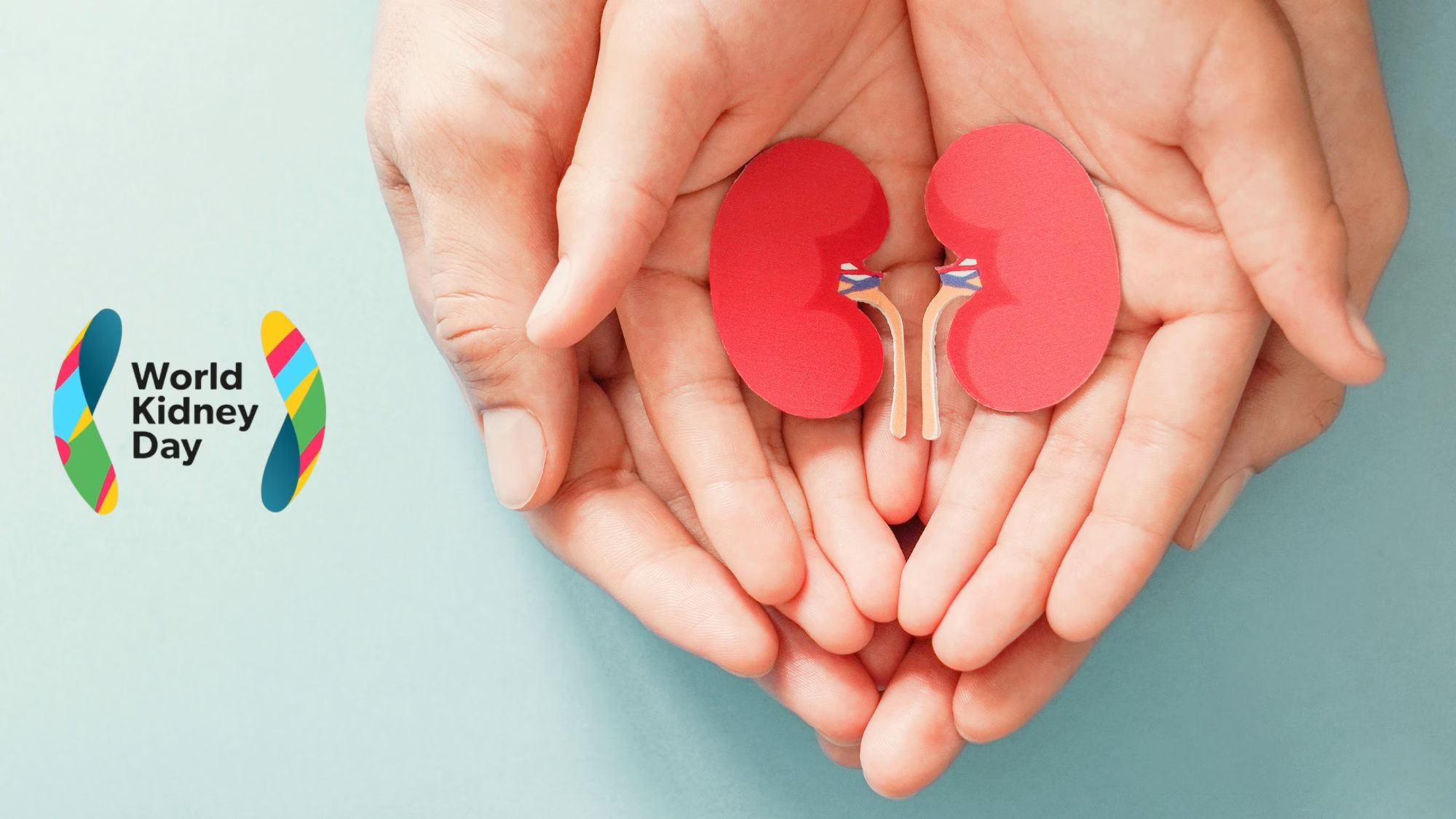“Silent Killer: Why Kidney Health Needs Urgent Attention Alongside Heart Disease and Obesity”
Introduction: The Hidden Epidemic of Kidney Disease
Meet Muthusamy, a 50-year-old farmer, and Prakash, a 40-year-old IT engineer. Despite their vastly different lives, both faced a shocking diagnosis: advanced kidney disease with no prior symptoms. Their stories highlight a silent epidemic affecting millions. Like an overworked mother or a devoted spouse, kidneys endure immense stress without complaint—until they fail. Shockingly, 90% of chronic kidney disease (CKD) patients experience no symptoms until 80% of kidney function is irreversibly lost. This makes early detection through simple urine and blood tests (checking for protein leakage and creatinine levels) a lifesaver.
The Alarming Data: CKD’s Growing Footprint
Two groundbreaking studies in Tamil Nadu reveal CKD’s prevalence at 8.4% among adults. Diabetes and hypertension—linked to rising obesity—drive 50% of cases. Worse, 40% of diabetes cases and 66% of hypertension diagnoses were detected only during the studies, underscoring widespread unawareness. Financial barriers and limited healthcare access further worsen outcomes, as many struggle to afford or adhere to treatments.
Who’s at Risk? Identifying Vulnerable Populations
- The Diabetic and Hypertensive: Unmanaged blood sugar and blood pressure silently damage kidneys.
- Outdoor Workers: Farmers, construction laborers, and others in physically demanding jobs face “CKDu” (Chronic Kidney Disease of unknown origin). Repetitive dehydration, heat stress, and exposure to pesticides or toxins elevate risks.
- Marginalized Communities: Lower-income groups, including Scheduled Castes and Tribes, often work outdoors for long hours, increasing vulnerability.
Occupational Hazards: The CKDu Crisis
A Tamil Nadu study found agricultural workers laboring over 24.5 hours/week were at higher risk. Lack of education tripled susceptibility, as awareness of hydration and safety practices was low. Similarly, an IIM Bangalore report identified 65 Indian districts where marginalized groups spend 75% of their workday in harsh environments. CKDu isn’t just a health issue—it’s a socioeconomic crisis.
Community Action: Early Detection Saves Lives
Tamil Nadu’s primary healthcare system can test for CKD but underutilizes these tools. To bridge gaps:
- Train Grassroot Workers: Equip village health nurses to screen for CKD, diabetes, and hypertension.
- Launch CKD Registries: Track cases via primary health centers (PHCs) under the National Health Mission.
- Public Awareness Campaigns: Educate communities on hydration, toxin avoidance, and routine urine/blood tests.
Policy Reforms: Building a Kidney-Safe Future
- School Health Programs: Screen for childhood obesity and discuss diabetes/hypertension in parent-teacher meetings.
- Low-Sodium Initiatives: Adopt WHO guidelines by promoting low-sodium salt in public eateries and ration shops.
- Workplace Safety Laws: Mandate shaded rest areas, hydration breaks, and protective gear for outdoor workers.
Conclusion: Act Now Before It’s Too Late
Kidney disease is a silent killer, but it doesn’t have to be. By prioritizing screenings, empowering communities, and reforming policies, we can prevent irreversible damage. Just as heart health and obesity dominate public health agendas, it’s time to shine a spotlight on kidneys—before more lives are lost in silence.
Call to Action:
- Get screened annually if you have diabetes, hypertension, or work outdoors.
- Advocate for workplace safety and CKD awareness in your community.
- Support policies that make healthcare accessible to all.
Your kidneys work tirelessly for you. Return the favor—protect them.
